“At-Tafhim” written by Abu Rayhan Biruni (973-1048 CE) and “Khamseh” composed by Nezami Ganjavi (c. 1141-1209 CE) have been submitted to UNESCO to be inscribed on the list.
Iran’s application for registration of these works was reviewed during a meeting at the Iran National Library in Tehran on Wednesday, the Persian service of the Mehr News Agency reported on Tuesday quoting Roslyn Russel, chair of the Registration Sub-Committee of the International Memory of the World Program at UNESCO.
Russel described her visit to inspect the venerable documents as helpful and said that she would enlighten the sub-committee about them upon her return.
The sub-committee is scheduled to discuss the works during its meeting in November 2010 and UNESCO’s International Advisory Committee of the Memory of the World Program will decide about registering them in late May 2011, she said.
A Persian scholar, scientist, one of the most learned men of his age and an outstanding intellectual figure, Abu Rayhan Biruni wrote “Kitab at-Tafhim Li-Awa’ili Sina’at at-Tanjim” (“Book of Instructions in the Elements of the Art of Astrology”) in 1029.
The book, commonly known as “At-Tafhim”, is a self-teaching guide for astronomy which has been arranged in the Q&A style. The oldest version of the book, which has been inscribed by Mohammad ibn Jurabi in 1143 CE, is preserved at the Majlis Library, Museum, and Documentation Center.
“Khamseh” (“The Quintuplet”) was composed by Nezami Ganjavi, the greatest romantic epic poet in Persian literature, who brought a colloquial and realistic style to the Persian epic.
Nezami’s reputation rests on his “Khamseh” which is a pentalogy of poems written in Masnavi verse form (rhymed couplets) and totals 30,000 couplets.
These five poems include the didactic work Makhzan ol-Asrar (The Treasury of Mysteries); the three traditional love stories of Khosrow and Shirin, Leili and Majnun, and Haft Paykar; and the Eskandar-nameh, which records the adventures of Alexander the Great.
There are various versions of “Khamseh” in Iranian libraries, but the two versions kept at the Central Library of the University of Tehran and the library of the Shahid Motahhari School and Mosque in Tehran are the ones that have been nominated for registration with UNESCO.
A collection of documents dating back to the Safavid era, the Shahnameh of Baysunqur, one of three ancient copies of Ferdowsi’s epic masterpiece, and the Endowment Deed of Rab-e Rashidi are three Iranian works, all of which have previously been registered on UNESCO’s Memory of the World Register list.
MMS/YAW
END
MNA












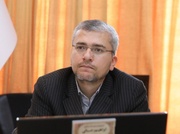
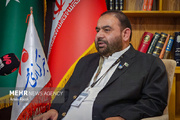

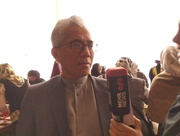
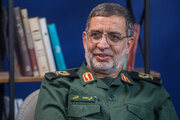



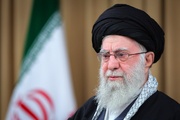


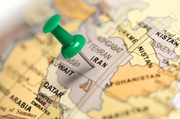
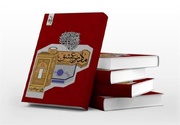

Your Comment